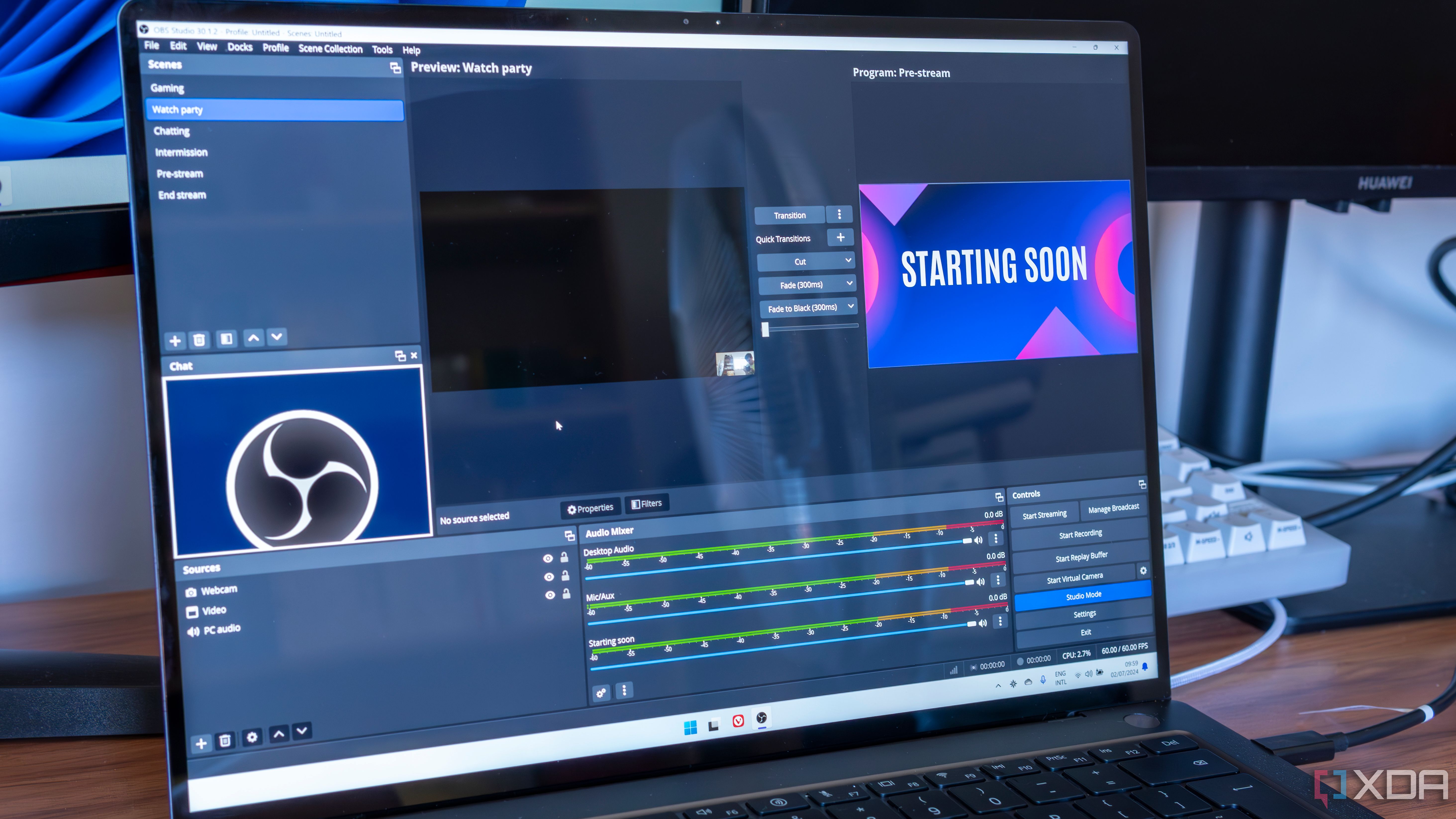News Blast: Your Daily Update
Stay informed with the latest news and trends.
Stream Like a Pro: Transform Your Gameplay with OBS
Unlock your streaming potential! Master OBS and elevate your gameplay to pro level with our expert tips and tricks. Start streaming like a legend!
Top 10 OBS Settings Every Streamer Should Master
Streaming on platforms like Twitch or YouTube requires not only engaging content but also mastery of your broadcasting software. When using Open Broadcaster Software (OBS), understanding the right settings can make a significant difference in your stream's quality. One of the top settings to adjust is the video bitrate. A higher bitrate will improve video quality but may require a stronger internet connection, so finding that sweet spot is essential. Another crucial setting is the output resolution. Determining whether to stream in 720p, 1080p, or even higher depends on your audience and hardware capabilities.
In addition to video settings, mastering your audio settings in OBS is vital for maintaining viewer engagement. The audio bitrate should be set to a minimum of 160 kbps for optimal sound quality, while ensuring that your mic and game audio levels are balanced can enhance viewer experience. Don't forget about the importance of scene transitions—using smooth transitions between scenes can keep your stream looking professional. Finally, consider configuring your hotkeys for a seamless streaming experience. With these key settings fine-tuned, you'll be well on your way to delivering high-quality streams that captivate your audience.

How to Use OBS to Create Stunning Game Overlays
Creating stunning game overlays with OBS (Open Broadcaster Software) can significantly enhance your streaming experience. To get started, first ensure you have the latest version of OBS installed. Once you launch the software, familiarize yourself with its interface, particularly the 'Scenes' and 'Sources' sections. Game overlays are created by adding various elements to your scenes. You can include images, text, and even webcam feeds. To add an image overlay, click on the 'Sources' box, select 'Image', and browse for the file you want to display on your stream.
Next, it’s important to design your overlays to match your streaming style. Consider using graphic design software like Adobe Photoshop or free alternatives such as GIMP to customize your overlay images for a professional finish. Once your overlays are ready, you can adjust their size and position in OBS by clicking and dragging. Additionally, using filters can enhance your overlays further by adding effects such as blurs or color corrections. Remember to preview your stream to ensure everything looks great before going live!
Common OBS Troubleshooting Tips for Streamers
Streaming with OBS (Open Broadcaster Software) can sometimes lead to unexpected issues that may disrupt your broadcast. One of the most common problems streamers face is lagging video. To troubleshoot this, first check your internet connection speed. A speed test can help you determine if your upload speed meets the necessary requirements for streaming. Additionally, consider adjusting your output settings: lowering your resolution or changing the encoder can significantly enhance performance. If the lag persists, look into updating your graphics drivers as outdated software may hinder your streaming capabilities.
Another frequent issue is audio problems, which can detract from the viewer's experience. If your audio is not being picked up, ensure that your microphone is properly connected and selected under the audio settings in OBS. You can also monitor audio levels on the mixer panel to confirm that your microphone isn't muted or set too low. In case you're experiencing audio desynchronization, try adjusting the sync offset in the audio settings. Lastly, don't forget to test your stream settings prior to going live to catch any potential issues early.